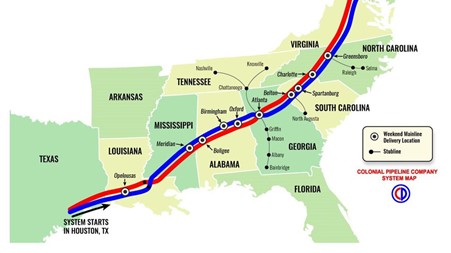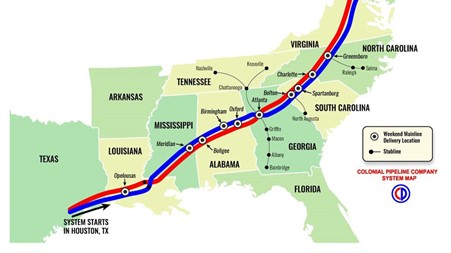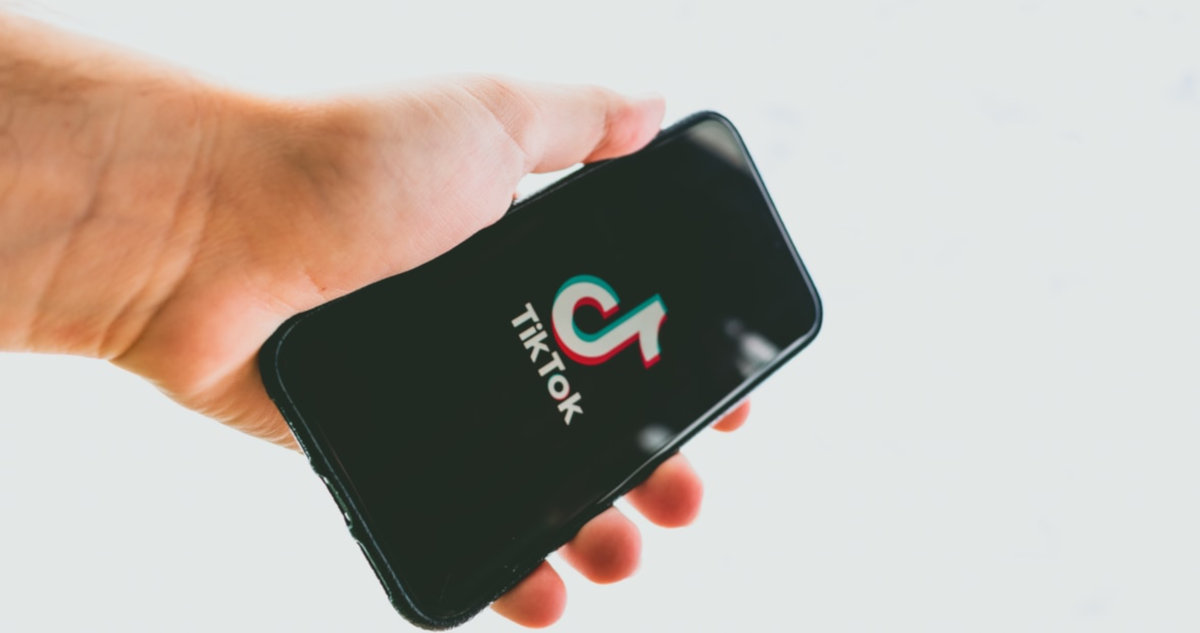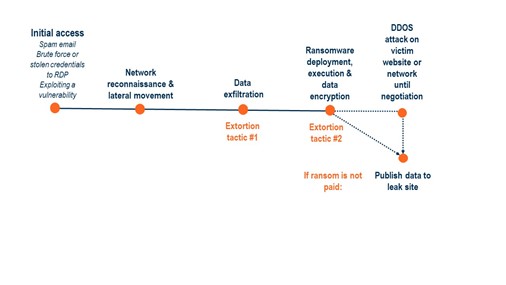In our last “Thematic Thinking” commentary, we discussed the SolarWinds hack and its potential to act as a positive catalyst for the cybersecurity industry, fuelling an increase in cybersecurity spending in both the private and public sector. Hot on the heels of the SolarWinds crisis, another high profile cyberattack occurred last month on Colonial Pipeline. The hack exposed critical vulnerabilities to increasingly sophisticated cyberattacks and, in this instance, affecting more than just finances. This, combined with continuing cloud adoption for critical business computing systems, appears to be driving cybersecurity investment.

Source: Colonial Pipeline Company







Share